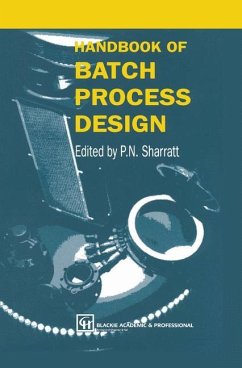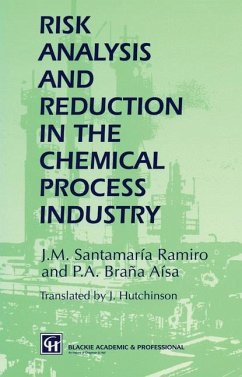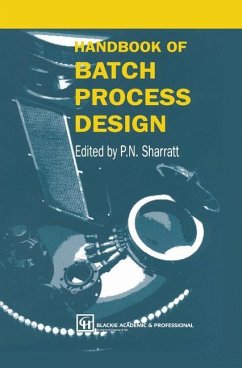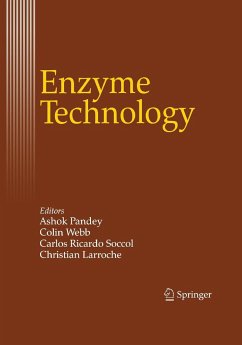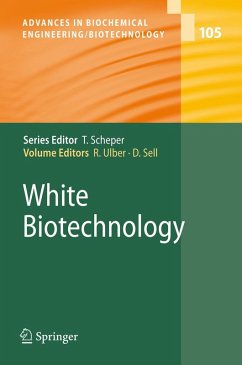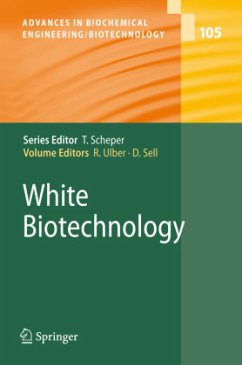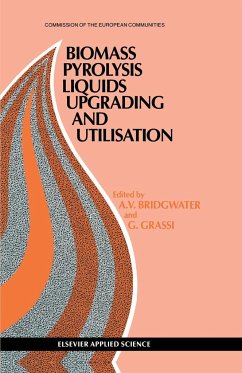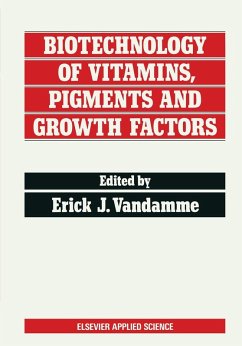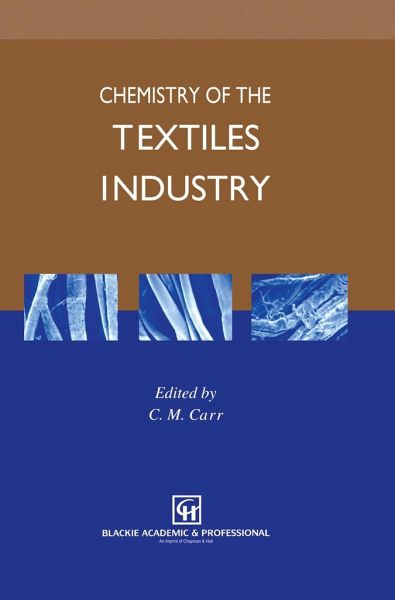
Chemistry of the Textiles Industry
Versandkostenfrei!
Versandfertig in über 4 Wochen
206,99 €
inkl. MwSt.

PAYBACK Punkte
103 °P sammeln!
The manufacture and processing of textiles is a complex and essential industry requiring many diverse skills to ensure profitability. New products are continually being developed, and reflect the energy and innovation of those working in the field. This book focuses on the technological aspects of the chemical processing oftextiles, and on the modifications necessary for specific work environments. Coverage ranges from fibre structure and its relationship to tensile properties, textile aesthetics, comfort physiology, and end-use performance, through to the effect of domestic processing by the ...
The manufacture and processing of textiles is a complex and essential industry requiring many diverse skills to ensure profitability. New products are continually being developed, and reflect the energy and innovation of those working in the field. This book focuses on the technological aspects of the chemical processing oftextiles, and on the modifications necessary for specific work environments. Coverage ranges from fibre structure and its relationship to tensile properties, textile aesthetics, comfort physiology, and end-use performance, through to the effect of domestic processing by the consumer on the textile product. The industry is constantly under environmental pressure, and the book examines the nature of environmental control and the development of alternative technology to produce less environmental impact. In order to provide a balanced view of the current situation, authors have been drawn from academia, research institutes and industry to produce a text that will be useful to both industrial readers and university students. In conclusion I would like to thank the authors for their dedication and their contributions.





